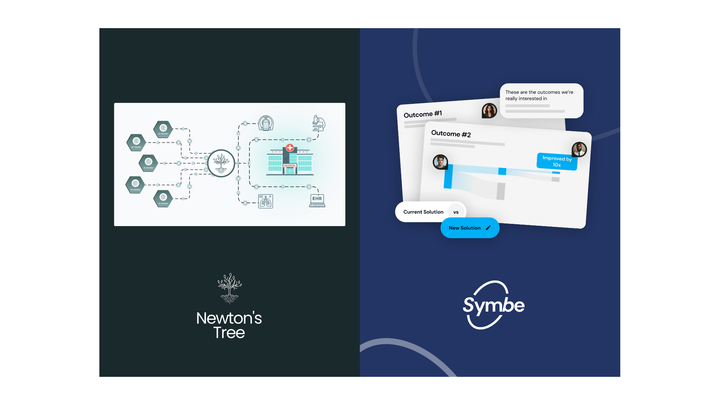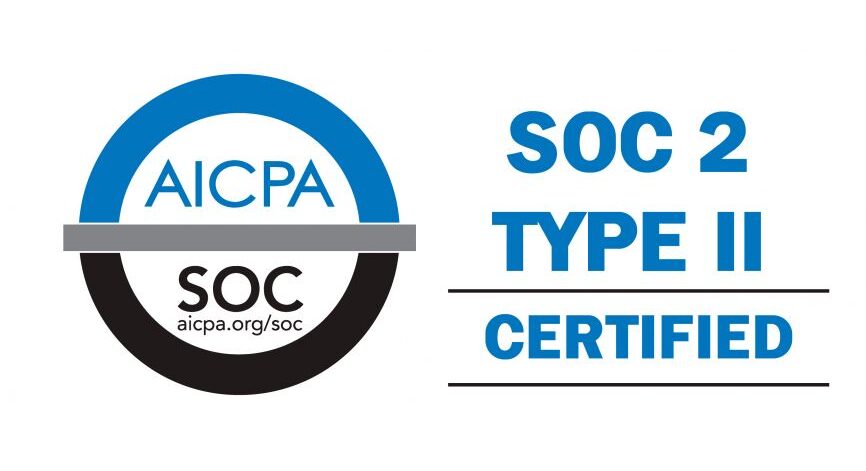The ever-evolving market landscape has resulted in the rapid evolution of the traditional sales process, particularly in the multistakeholder complex sale. No longer is it sufficient to simply pitch products or services to potential buyers; instead, successful sales strategies must embrace collaboration and partnership. Buyers increasingly desire to be active participants in the sales process, contributing their insights and perspectives to co-create solutions that meet their unique needs.
The Complex Sale
A complex sale refers to a purchasing process characterized by multiple decision-makers, intricate decision criteria, and lengthy sales cycles. Unlike simple transactions, complex sales involve navigating through various layers of organizational structures to address a diverse set of needs and pain points.
For example in healthcare, a complex sale might involve pitching a new medical technology to a hospital provider. This process requires navigation through layers of hospital administration, addressing regulatory compliance concerns, and aligning with diverse clinical/clinician needs. On the seller side the pain relates to creating an effective value proposition for a user, buyer and beneficiary – each of which will be unique.
Defining Collaborative Selling
Collaborative selling differs from traditional sales tactics by fostering a spirit of partnership and mutual understanding. It involves working hand-in-hand with buyers throughout the sales journey, from identifying needs to evaluating solutions and navigating decision-making processes. Rather than approaching sales as a one-sided transaction, collaborative selling emphasizes joint engagement and cooperation between sellers and buyers. This approach acknowledges the complexity of modern purchasing decisions and seeks to align solutions with the specific requirements and objectives of buyers.
Rather than dictating terms or pushing products, collaborative selling prioritizes honest dialogue, empathy, and co-creation – all to achieve the optimum outcome for all parties.
Everyone Wants to Buy, No One Wants to Be Sold To
In today’s information-rich environment, buyers are more discerning and empowered than ever. Rather than passively receiving sales pitches, they crave meaningful interactions and genuine engagement.
Collaborative sellers recognise this shift and adapt their approach accordingly, inviting buyers to participate in discussions, share insights, and co-author solutions. By embracing the role of facilitator rather than sole authority, sellers can build trust and rapport with buyers, laying the groundwork for long-term partnerships.
Weaponising Your Buyer: Leveraging Their Expertise
Aside from the transactional elements of the sales process, buyers are not solely valued as passive recipients of products or services; they are valuable sources of knowledge and insights. By engaging buyers (or relevant stakeholders) as partners in the sales process, sellers can tap into their expertise and leverage their unique perspectives to uncover new opportunities. Numerous sales methodologies relate this process to ‘tooling the champion’ – A champion being an advocate within a company who promotes and supports a product or service (to the decision maker) to facilitate its adoption.
The value of this not only lies in ‘making the sale’ but can engage stakeholders to ensure the value proposition and business case covers the key pain points for all relevant parties. Allowing the seller to not appear as someone there to sell – but someone there to help.
Conclusion
In conclusion, collaborative selling represents a unique strategic avenue in the complex sales process, emphasizing partnership, dialogue, and mutual value creation. By embracing this approach, sellers and GTM teams can not only meet the evolving needs of buyers but also build better and longer lasting relationships with buyers.
















